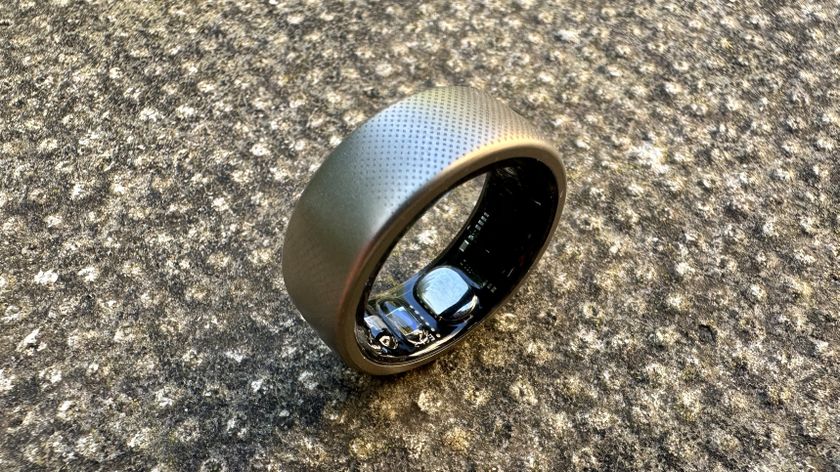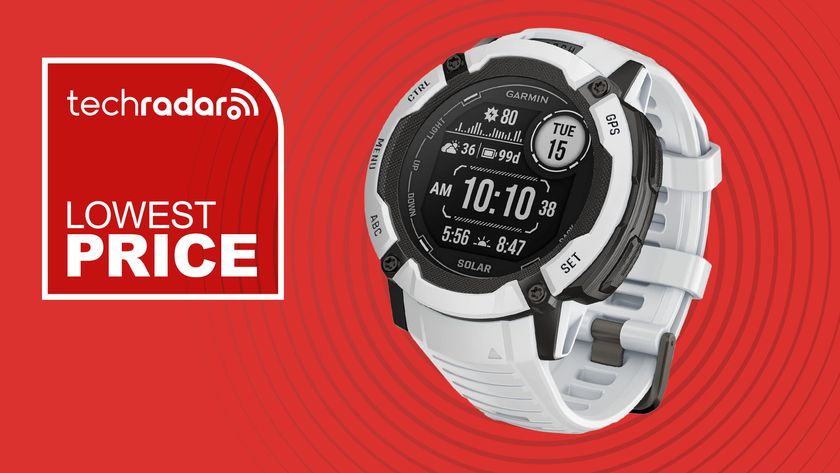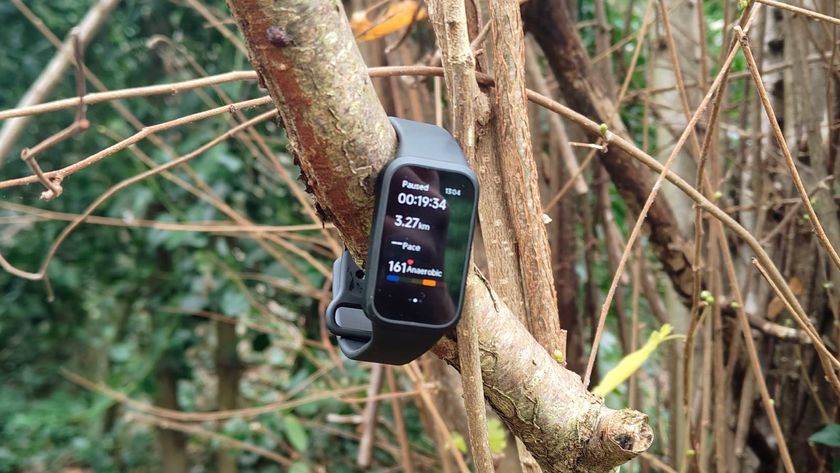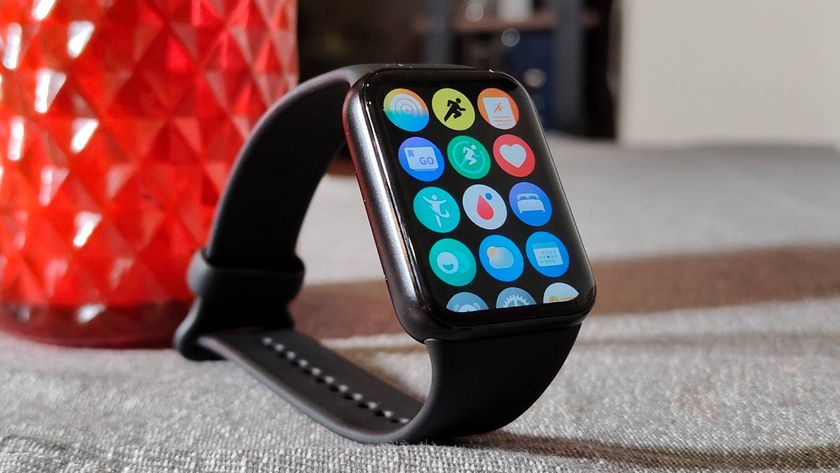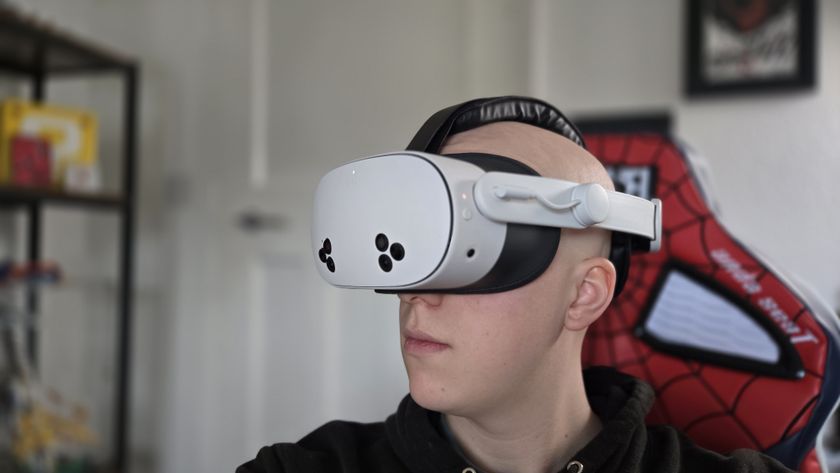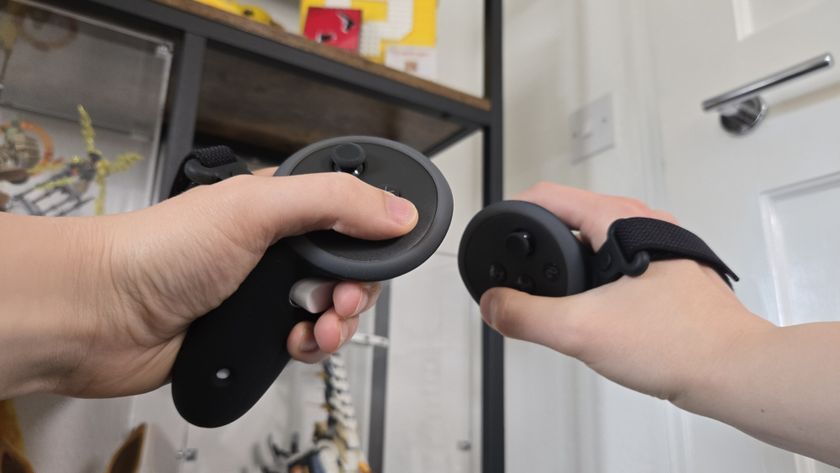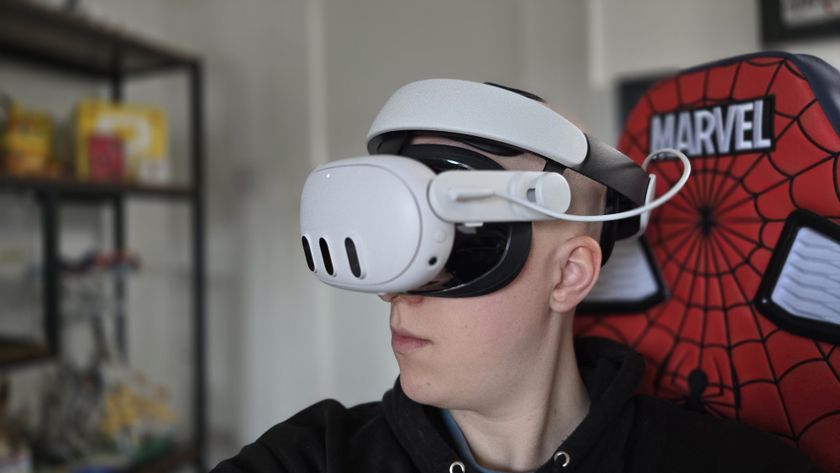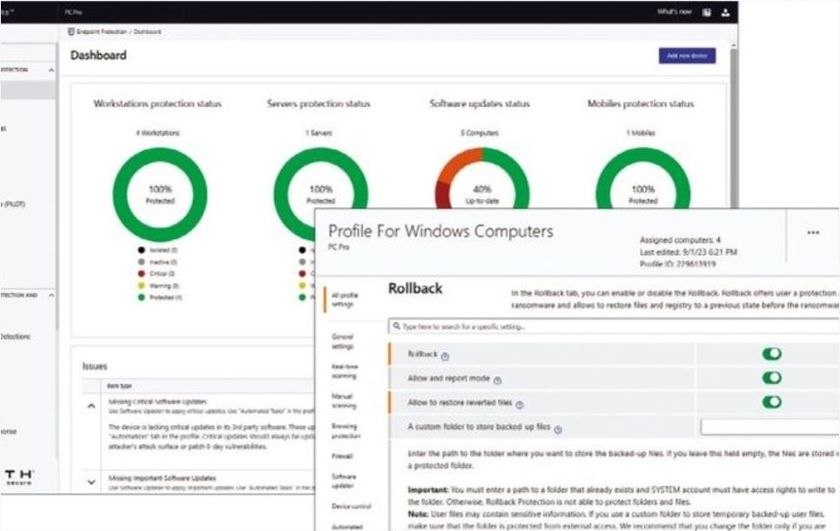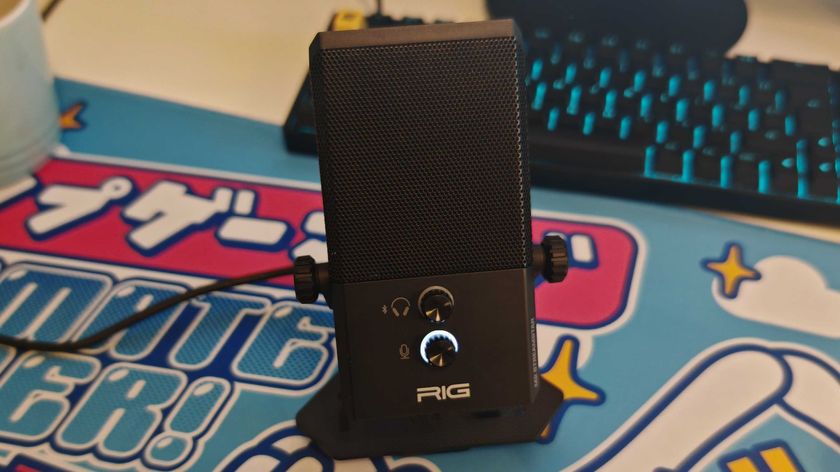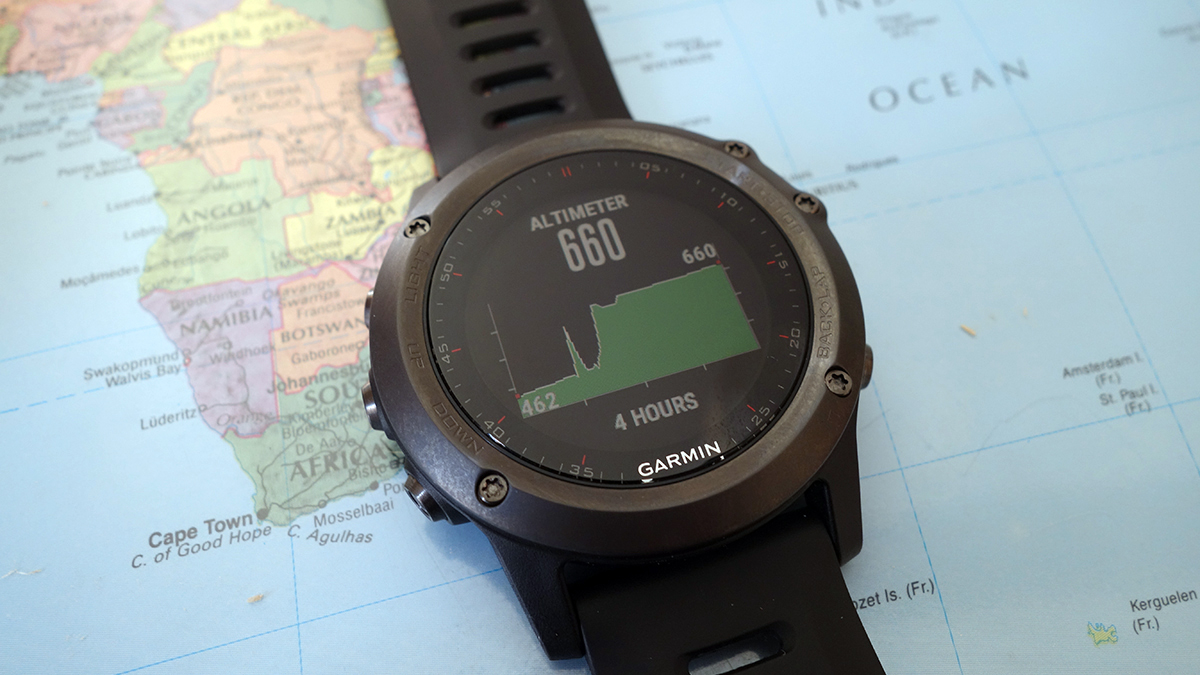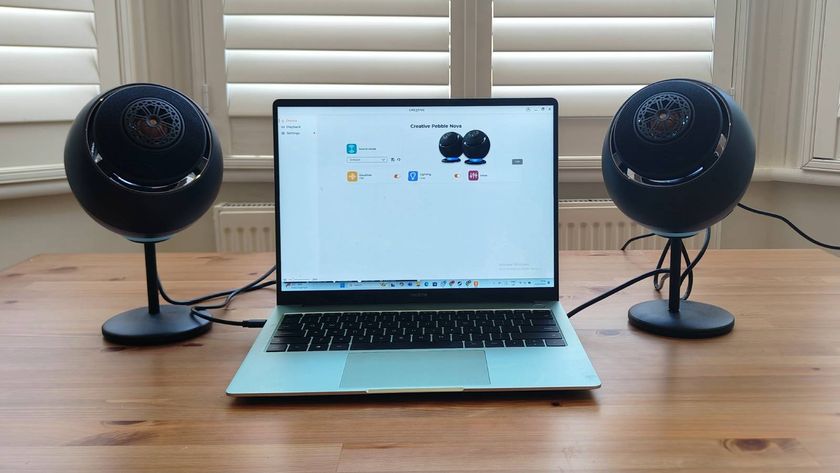Why you can trust TechRadar
Every challenge we put in the path of the Fenix 3 it coped with admirably. Most modes require some kind of GPS locking, which usually only takes a second or two (as long as you're outdoors of course) - it can tap into the similar GLONASS system for extra accuracy too.
ANT+ connectivity ensures compatibility with all of Garmin's accessory kit (from foot pods to cycling sensors).
From the runs we took around the Cheshire countryside, tracking is very accurate indeed, and much better than you'll typically get from a phone alone. Download your routes back to the Garmin app and you'll find the watch has carefully plotted your movements.
We noticed one or two jerky anomalies, but very few over the course of several days.
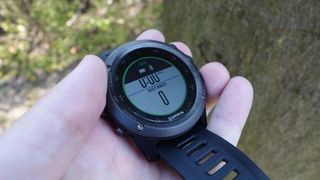
Pace is picked up accurately as well, with a delay of only a second or two - handy if you stop to read a map and want your statistics to reflect that. The way the Fenix 3 auto-scrolls through various bits of data (like distance, time and pace) means it's easy to glance at.
It's intelligent too - start to go uphill and the elevation statistics will show up automatically, though you can customise this and pretty much every other aspect of the on-screen readouts.
Navigation is really the jewel in the crown of the Fenix 3, and you can access a compass, altimeter and barometer with a couple of button presses before you've even turned GPS on.
The watch lets you set waypoints and navigate back to them, which makes a lot more sense from your wrist when you're careering down a hillside and don't want to yank out a smartphone or a map. Split-seconds count - get too distracted and you'll find you plant your ankle in a hole - and the blocky, clear display of the Fenix 3 does the job nicely.
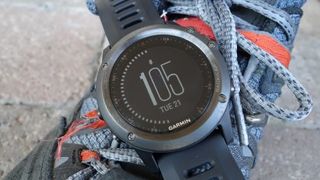
A lot of the more advanced features, including Vertical Oscillation, Ground Contact Time, VO2 Max (for tracking improvements in fitness) and Recovery Time (how long you should wait before another run), are only available with the purchase of the HRM-RUN heart rate strap (another £79, $99, AU$150, although if you can find it in a bundle it's better value).
We didn't have one to test but if you're interested in getting as detailed a breakdown of your activities as possible it could well be worth the investment - and using the additional heart rate monitor on other Garmin models has always proved excellent in terms of accuracy and the metrics it offers.
One of the reasons why you're going to want to spend so much on a sportswatch is the sheer number of modes and measurements on offer here: cross-country ski, ski and snowboard, climb, hike, trail run, run, run indoor, bike, bike indoor, pool swim, open water and triathlon are the available modes, with each bringing relevant statistics to the party.
That leaves you with a very comprehensive picture of your activities indeed.
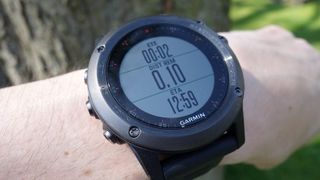
For indoor swimming, for example, the watch uses the accelerometer to try and work out when you're turning round and which type of stroke you're using - for us it proved to be largely accurate, as long as you stick to a predictable course and don't suddenly veer off for a sit down on the edge of the water.
What you get with triathlon mode is the Fenix 3 automatically jumping between types of activity (running, swimming, cycling) when you hit the lap button. It's also possible to create your own multisport profiles to easily transition from one to the next.

Dave is a freelance tech journalist who has been writing about gadgets, apps and the web for more than two decades. Based out of Stockport, England, on TechRadar you'll find him covering news, features and reviews, particularly for phones, tablets and wearables. Working to ensure our breaking news coverage is the best in the business over weekends, David also has bylines at Gizmodo, T3, PopSci and a few other places besides, as well as being many years editing the likes of PC Explorer and The Hardware Handbook.


